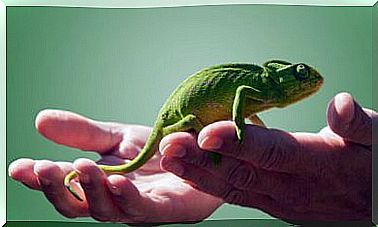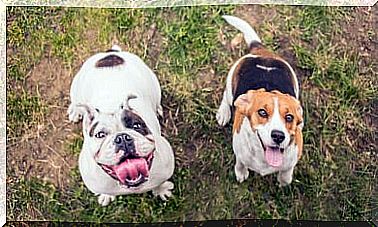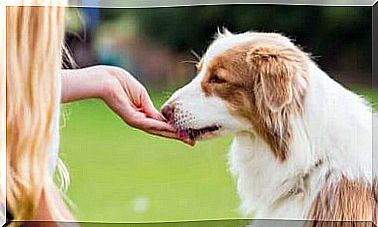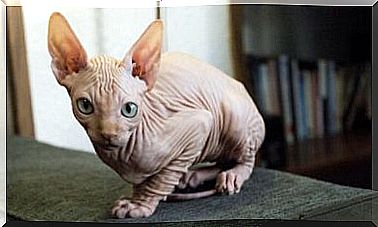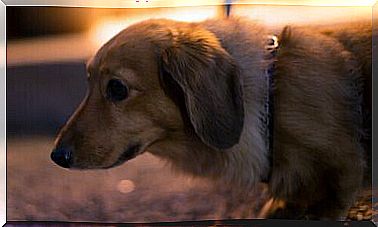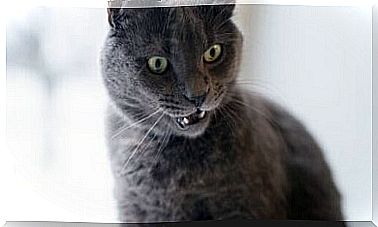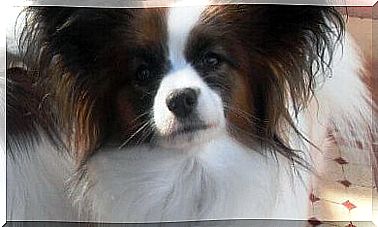Wounded Bird: First Aid

Proper first aid maneuvers are fundamental knowledge for rescuing an injured bird. Thousands of domestic and wild birds crash daily and it is possible to help them.
Injured bird: main causes of accidents with domestic birds
Accidental blows are the most frequent cause of injuries, trauma and death in poultry. They often occur when the environment has not been properly prepared to raise a bird in freedom.
Captive birds also become vulnerable to poisoning. These can be caused by ingestion of food, alcohol, metals or chemicals.
A less frequent but equally considerable risk is the running over of domestic birds that escape from the house.
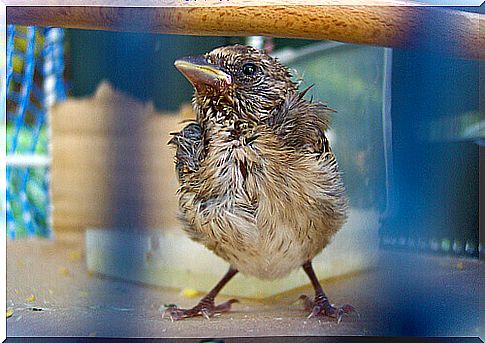
Source: Juan de Deus Santander Vela
Main causes of accidents with wild birds
Large wild birds, such as hawks, eagles and vultures, suffer many shocks from electricity cables.
Also, very often, they are victims of injuries due to the practice of sport hunting. This is why it is necessary to make people aware of the negative impacts on the environment of certain human recreational practices.
Last, but not least, are roadkill. This type of accident is very common with migratory birds, or whose habitat is threatened by roads.
Among small wild birds, the most common cause is falls from nests. Not all chicks correctly develop their wings in the expected time and may fall when trying to fly.
These birds can also be injured by attacks from natural predators.
Main first aid maneuvers with an injured bird
It is possible to help an injured bird, regardless of its size, by knowing the proper first aid techniques. Logically, these maneuvers vary according to the cause of the accident.
It is essential to remain calm and proceed consciously when encountering an injured animal. The maneuvers must be carried out safely, avoiding risks to human and bird health.
-
Analyze the animal’s situation and condition
A few questions help to recognize the cause of the accident and what first aid measures to apply to the injured bird. Furthermore, these can streamline and guide the work of the specialized veterinarian.
- Is the animal conscious?
- Is there an evident invoice?
- Does the animal appear to have been run over?
- Is there an external wound?
- Is there evidence of bleeding?
- Are signs of intoxication recognized?
2. General advice to help an injured bird
Handling care
It can be dangerous to handle a wild bird, especially birds of prey. Care must be taken when trying to manipulate them. Reckless actions can aggravate the animal’s wounds or injuries and injure those trying to help.
When you do not have experience in handling large birds, it is best to ask for professional help. The help of wild animal recovery centers can also be requested.
Prevent aggravation of injuries or wounds
An injured bird is very vulnerable. To avoid aggravating her condition, it is recommended to cover her with a blanket, towel, cloth or piece of clothing.
Light fabrics should be preferred, as the weight can hurt or cause pain. The most important thing is to blindfold your eyes, as the bird is reassured by not seeing the light.
Correctly collect the animal, avoiding damage
After wrapping the bird, it can then be gently lifted. It is important to maintain stability and firmness to move the animal as little as possible. The ideal is to avoid any force action.
In case of obvious fractures, it is very important to leave the bird in a natural and comfortable position.
This measure is not recommended for birds that are in critical condition. In these cases, the ideal is to seek professional help.
In case of intoxication
Bird poisoning is a serious accident that requires urgent specialized attention.

As it is very difficult to make a bird vomit, it is not recommended to try to do this yourself. Ideally, take the injured bird to the vet immediately.
First aid in case of external wounds
When the bird has external wounds of small or medium size, and little depth, the first thing to do is to clean them. For this, saline solution or hydrogen peroxide mixed with 50% water can be used.
In case of deep wounds or bleeding, it is necessary to act very quickly. Birds can bleed and die quickly. Ideally, put astringent powder on the wound and press it down with clean gauze.
In both procedures, it is essential to hold the bird firmly. The animal’s natural movement can aggravate its wounds or injuries.
First aid maneuvers are not a substitute for specialized veterinary care.
